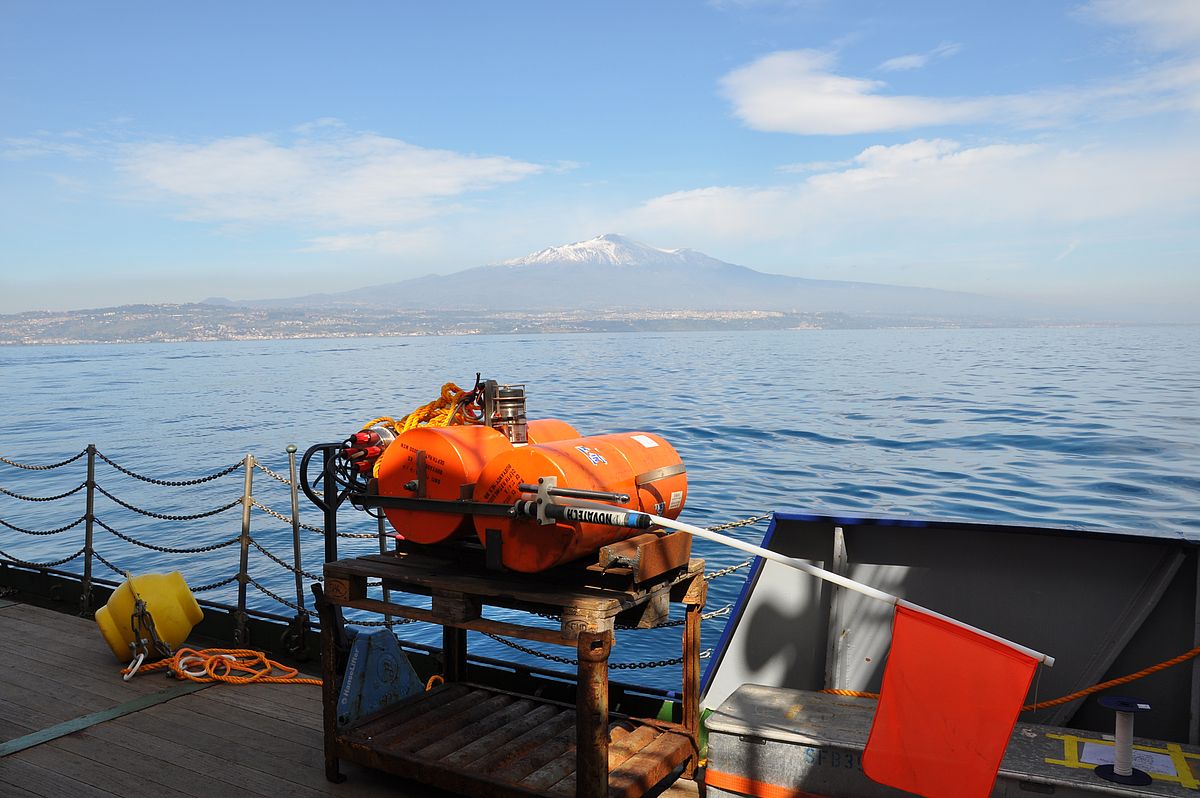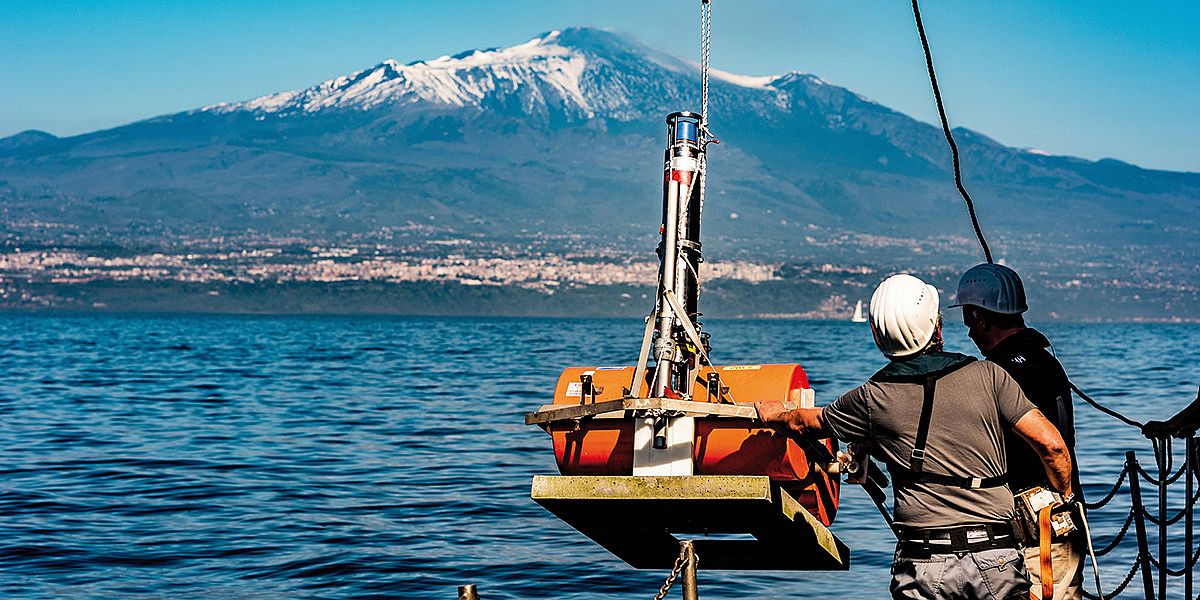Phone: +49 431-600-2638
e-mail: murlaub(at)geomar.de
Marine natural hazards

Tsunamis are the most dangerous and destructive marine natural hazards. They pose a threat to coastal communities, coastal infrastructure, and seabed constructions. Sudden and large displacements of the seafloor are capable of generating tsunamis. The physics of tsunami waves is well understood and computer models are capable of predicting the propagation of these disastrous waves. In many cases, the observed tsunami is different from the predicted one. This is mostly because of uncertainties in the seafloor events and associated seafloor deformation that cause tsunamis. Earthquakes and submarine landslides are the most important tsunami source mechanisms. In the Marine Geodynamics Group we use established as well as cutting-edge technologies to better understand these processes. Our focus is on the following topics:
- Structure and seismicity of subduction zones
- Subseafloor fluid flow and slope stability
- Volcanic flank collapses
- Seafloor deformation measurements for hazard assessments
Please have a look at our ongoing projects to get an overview of the scope and breadth of our research on marine hazards.
- PRE-COLLAPSE (ERC)
Slow sliding of volcanic flanks as PREcursor to catastrophic COLLAPSE - TRISCO
- CALVADOS
- BOPCATS
- GeoSEA
- SECO
- Global relevance of gas hydrate filled fractures for slope stability



